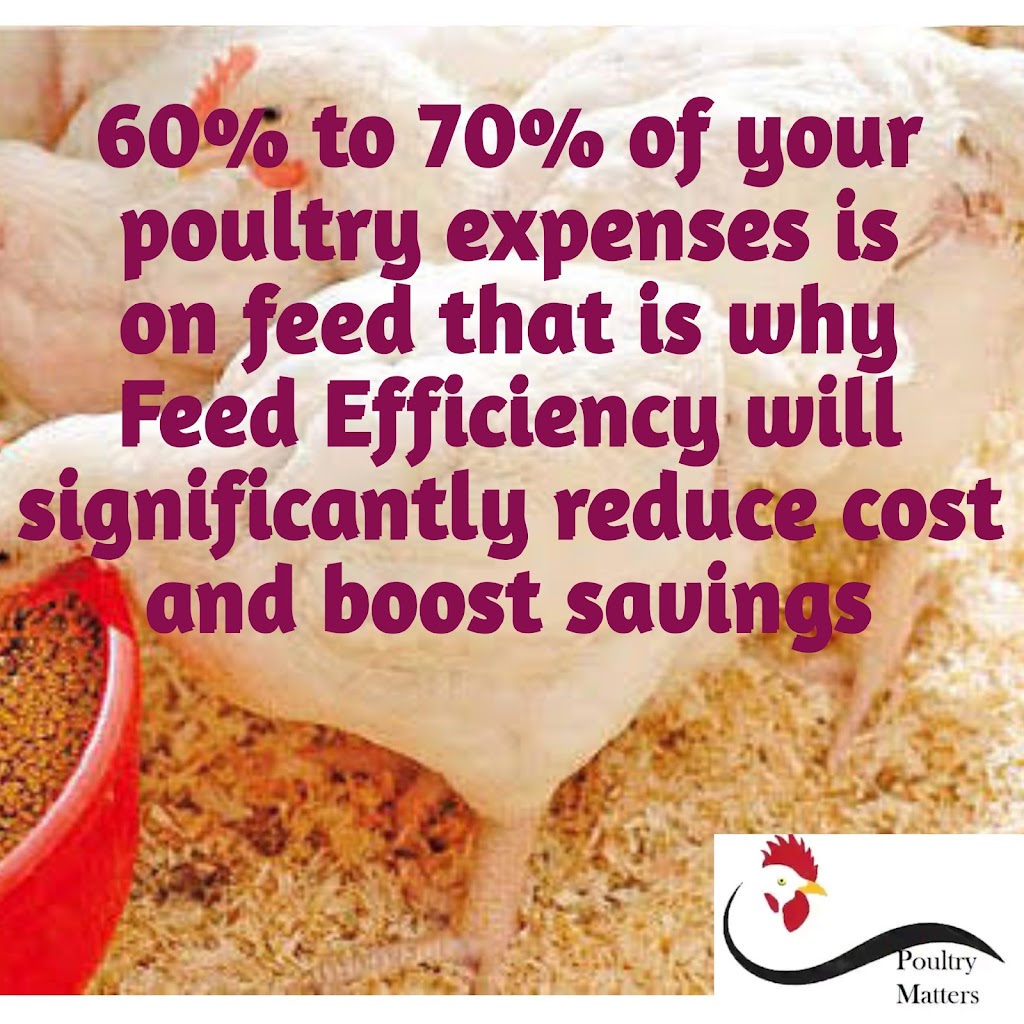Fermented Poultry Feed: A Natural Approach to Healthier Birds
In recent trend, there is a growing concern which is common among poultry farmers— how to reduce reliance on chemical medications and vaccinations for controlling poultry diseases. This has been a concern because of the challenge(s) posed by inorganic medicine in poultry farming. To find a solution to this challenge, there have been research activities from different organisations, institutes and individuals to proffer solutions by developing different measures for promoting an effective and reliable organic poultry farming system.
One effective solution is fermenting poultry feed. Fermentation of the feed is simply done by soaking the feed in water for few days (not more than three (3) days). By fermenting the feed, the lacto bacillus converts starch and sugar in the feed into lactic acid bacteria which encourages natural probiotics and prevent growth of harmful bacteria in the poultry feed.
However, it’s important to clarify that fermentation does not mean rotting. Rotten feed is harmful as it contains dangerous bacteria that can negatively impact poultry health.
How to Identify Properly Fermented Feed vs. Rotten Feed
Wondering how to tell if your fermented feed is safe and not spoiled? Look out for these key signs:
- Small Bubbles: Properly fermented feed will have tiny bubbles, indicating active fermentation. However, excessive froth or foam suggests spoilage.
- Pleasant Sour Smell: Good fermentation produces a tangy aroma, similar to yogurt. If the feed smells putrid or rotten, discard it immediately.
- Natural Color Retention: While fermented feed may appear slightly darker, it should maintain its natural color. Rotten feed, on the other hand, may develop dark slimy patches or mold spots.
- Tangy Taste: A taste test can also help — fermented feed should taste tangy, not bitter or rancid.
Tips to Prevent Spoilage during Fermentation
To ensure your feed ferments correctly and does not get spoilt, the following tips will help:
- Keep the feed submerged in water to maintain an anaerobic environment.
- Store in a cool, dry place to slow down harmful bacterial growth.
- Stir and check regularly to monitor the process and prevent spoilage.
NB: Never feed moldy or rotten feed to your poultry! Moldy feed contains toxins that can seriously harm your flock’s health.
Why Ferment Poultry Feed? – Key Benefits for Your Flock
Fermenting feed is a valuable practice in organic poultry farming. It strengthens the immune system, reduces the risk of disease, and improves overall productivity. Here are the key benefits:
- Encourages Probiotics Growth – Fermentation promotes beneficial bacteria that help suppress harmful microbes.
- Boosts Immunity – Active probiotics strengthen the birds’ immune system, reducing venerability to disease risk.
- Increases Vitamin Content – Fermentation generates essential B vitamins like folic acid, niacin, and thiamine, which improve bird health.
- Enhances Feed Efficiency – Birds absorb nutrients more effectively, leading to better growth and weight gain.
- Enhances the feed nutritional value – Fermentation initiates a process that naturally alters the sugars and starches in the feed, making it more beneficial for the birds.
- Improves Digestion – It helps break down anti-nutrients found in some grains, making digestion easier.
- Reduces Feed Costs – Birds eat less feed while still meeting their energy and nutrient needs, lowering overall farm expenses.
- Enhances Egg Quality – In laying hens, fermented feed increases egg weight and strengthens eggshells.
Conclusion
Fermenting poultry feed is a simple yet powerful way to improve birds health, reduce farm costs, and promote sustainable poultry farming. By incorporating this practice into your routine, you can naturally boost flock productivity and profitability.
Do You Find This Useful? – We’d love to hear from you! Comment below and share your experience with fermented feed. If you found this helpful, don’t forget to share it with fellow poultry farmers.

Cheers.


